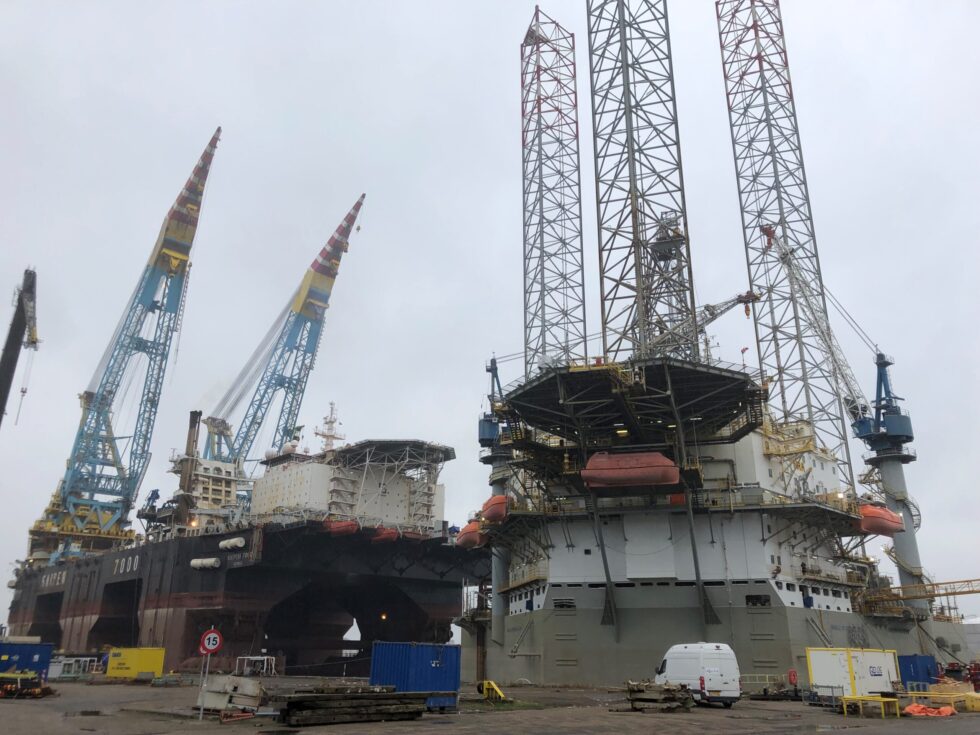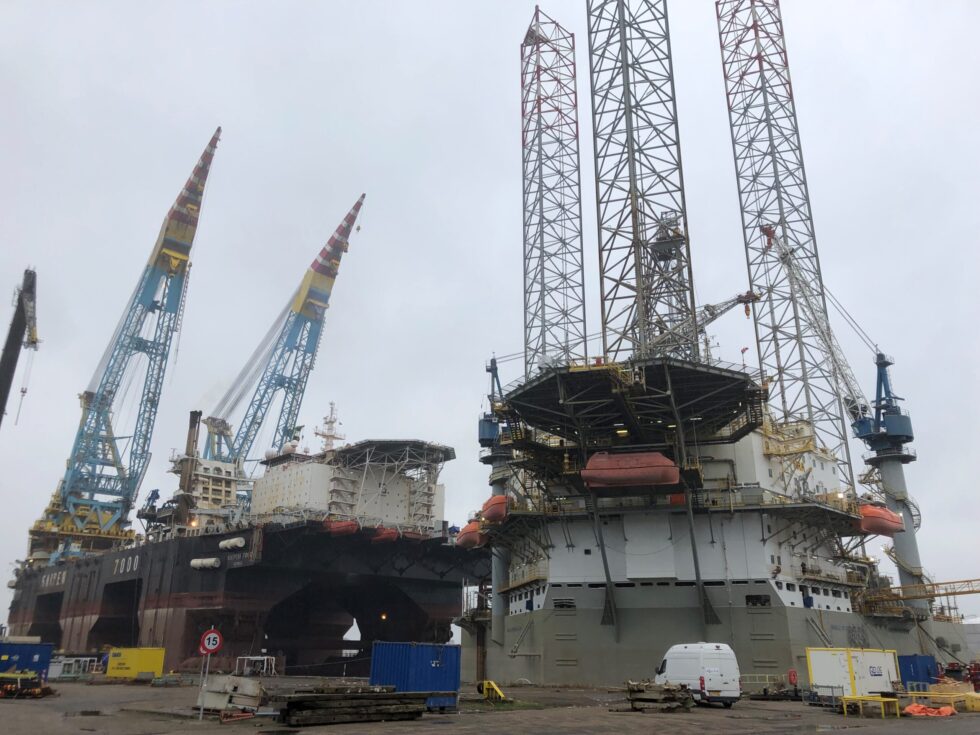
Collided with a drilling platform in the Botlek
Status :
Open
On February 21, 2024, a crane vessel collided with a drilling platform in the Botlek in Rotterdam. One person fell into the water. This person is still missing, but most likely no longer alive. The Bahama’s, the ship’s flag state, is participating in the investigation as Substantially Interested State.
Related news
-
 News:
News:Dutch Safety Board continues investigation into collision in Botlek
- Entrapment
- Sea shipping
- ...
